Description
What is an External GPS Antenna Beidou Antenna For Car?
The External GPS Antenna Beidou Antenna For Car is a combined Beidou and GPS antenna with an internal 35*35*4mm ceramic 42dBi high-gain SMA straight connector magnetic mount active antenna manufactured by C&T RF Antennas Inc for cars, vehicles, ships, etc.
Item Model: CTRF-ANTENNA-GPS-1561-5550-SMA
High-gain GPS antenna waterproof combo antenna GPS + Beidou antenna for car
C&T RF Antennas Inc provides internal & external antennas with antenna radio frequencies such as NFC, 169MHz, 230MHz, 315MHz, 433MHz, 868MHz, 915MHz, VHF&UHF, Lora, NB-IoT, ADS-B, GSM, GNSS, GPRS, 1.2 GHz, 1.4 GHz, 1.8 GHz, Wi-Fi 2.4 GHz, 5.8 GHz, Cellular 2G, 3G, 3.5 GHz, 4G LTE, GPS, 5G NR, 6G, etc.
C&T RF Antennas Inc. provides RF antennae with Omni & Directional antenna types such as Dipole Antennas, Whip Antennas, Marine Antennas, Router Antennas, MIMO Antennas, Combo Antennas, PCB Antennas, FPC Antennas, Spring Antennas, Magnetic Antennas, Sector Antennas, Yagi Antennas, and Accessories, etc, for IoT & M2M industries.
Contact the C&T RF Antennas Inc sales team for the External GPS Antenna Beidou Antenna’s datasheet, antenna pricing, and antenna inventory.
External GPS Antenna Beidou Antenna Features:
22 tracking / 66 acquisition-channel GPS receiver
cold start acquisition sensitivity of -148 dBm and -165 dBm tracking sensitivity
up to 10 Hz navigation update rate
Supports GPS, SBAS, QZSS
Supports AGPS
Integrated TCXO, LNA, SAW, RTC
Compact size (55.5mm x50.5mm x 17.5mm) suitable for space-sensitive application
External GPS Antenna Beidou Antenna Application:
The handheld GPS receiver application
Ideal for PDA, Pocket PC
Geographic Surveying
Sports and Recreation
Marine Navigation, Fleet Management
Automotive application
Car navigation and tracking
AVL and Location-Based Services
Timing application
UAV
External GPS Antenna Beidou Antenna Specifications
External GPS Antenna Beidou AntennaElectrical Specifications |
|
| RF Antenna Type | External GPS Bd2 Antenna |
| Model | CTRF-ANTENNA-GPS-1561-5550-SMA |
| Frequency | 1575.42MHz,1561MHz |
| Gain | 42±2dBi |
| VSWR | ≤1.5 |
| Impedance | 50 Ω |
| Polarization | Right Hand Circular Polarization |
| Cable Type | RG174 1m/2m/3m |
| Connector | SMA Male |
| Working Voltage | 3-5V |
| Axis ratio | 3.0dB |
| Frequency Temperature Coefficient | 0±10 |
| Humidity | 5% to 95% |
External GPS Antenna Beidou Antenna Mechanical Specifications |
|
| Housing Dimension | 55.5×50.5×17.5mm |
| Ceramic Dimension | 35x35x4mm |
| Weight | Approx. 150g |
| Radome Material | Plastic ABS |
| Operation Temperature | – 40 ˚C ~ + 75 ˚C |
| Storage Temperature | – 40 ˚C ~ + 80 ˚C |
| Finished Antenna Color | Black |
| Antenna Form | Active |
| Mounting | Magnetic and Screw |
| SafetyEmission and other | RoHS Compliant |
| Applications | GPS, Beidou2 |
External GPS Antenna Beidou Antenna
Beidou antenna is an antenna used to receive Beidou satellite signals.
GPS Beidou antenna, stable performance, high-quality GPS Beidou dual-mode antenna, high sensitivity, good satellite signal reception.
The difference between Beidou and GPS
1. Tri-frequency signal
Beidou currently uses three-frequency signals, while GPS uses dual-frequency signals. This is Beidou’s late-comer advantage.
Although GPS launched its first tri-frequency satellite on May 28, 2010, it was several years longer than when all GPS satellites were aging and scrapped and replaced with tri-frequency satellites.
The past few years have been the upsurge of Beidou. Tri-frequency signals can better eliminate the effects of high-order ionospheric delays, improve positioning reliability, strengthen data preprocessing capabilities, and greatly improve the efficiency of ambiguity fixation.
If there is a problem with one frequency signal, the traditional method can be used to locate the other two frequencies, which improves the reliability of positioning and the ability to resist interference. Beidou is the world’s first satellite navigation system to provide tri-band signal services.
2. Active and passive positioning
Active positioning means that the receiver itself needs to transmit information and communicate with satellites, but passive positioning does not.
The Beidou generation of active positioning and active positioning skills can complete positioning with only two satellites, but the DEM (digital elevation model) database of the information center is necessary to support and be present to solve the problem.
It has been preserved in the second generation of Beidou, but it is not used as an important positioning method. The second-generation Beidou uses passive positioning, which is the same as GPS and does not require the presence of an information center to solve the problem. Active positioning is used as a supplementary function.
The advantage of this function is that when the quality of the satellites you observe is very poor and the number is small (in theory, passive positioning requires at least 4 satellites to calculate the four unknown parameters of XYZ and time, but it actually needs more). Positioning.
This function is more effective in emergency situations, such as in a valley, where the observation conditions are very poor, and it is also important to know the approximate location. The disadvantage is that your location information will be exposed during the battle.
The need for the information center to participate in the calculation is due to limited resources.
For example, a Beidou generation handheld can be positioned once every 60 seconds and cannot be positioned multiple times to ensure that the information center will not be overloaded. But the important reason why the Beidou generation cannot be used for civilians is not because of this.
The first generation of Beidou is called the Beidou Satellite Experimental System (RDSS), the second generation of Beidou is called the Beidou Satellite Navigation System (RNSS), and the first and second generations are named for convenience.
From the name, we know that the Beidou generation is just an internal experiment to check whether our theory, skills, and positioning accuracy are feasible, and then make subsequent improvements.

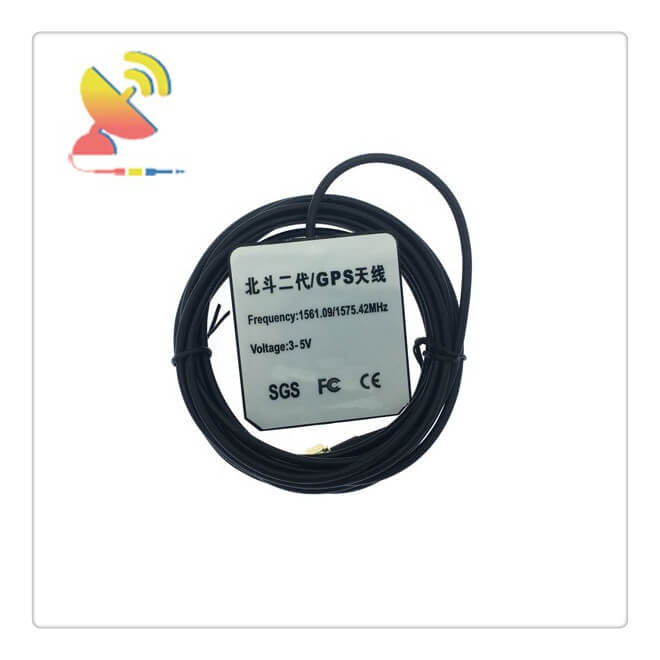
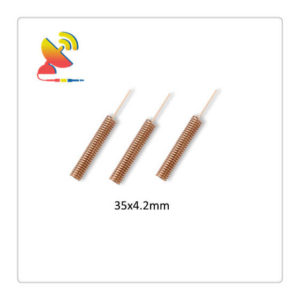
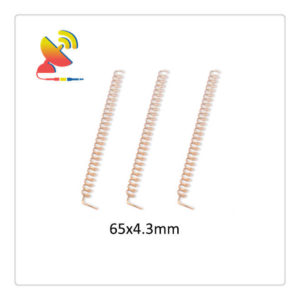
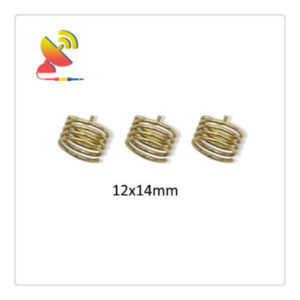
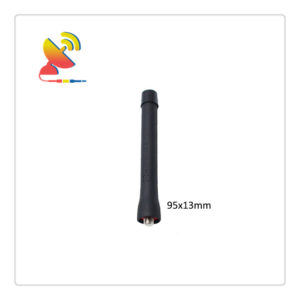
Reviews
There are no reviews yet.